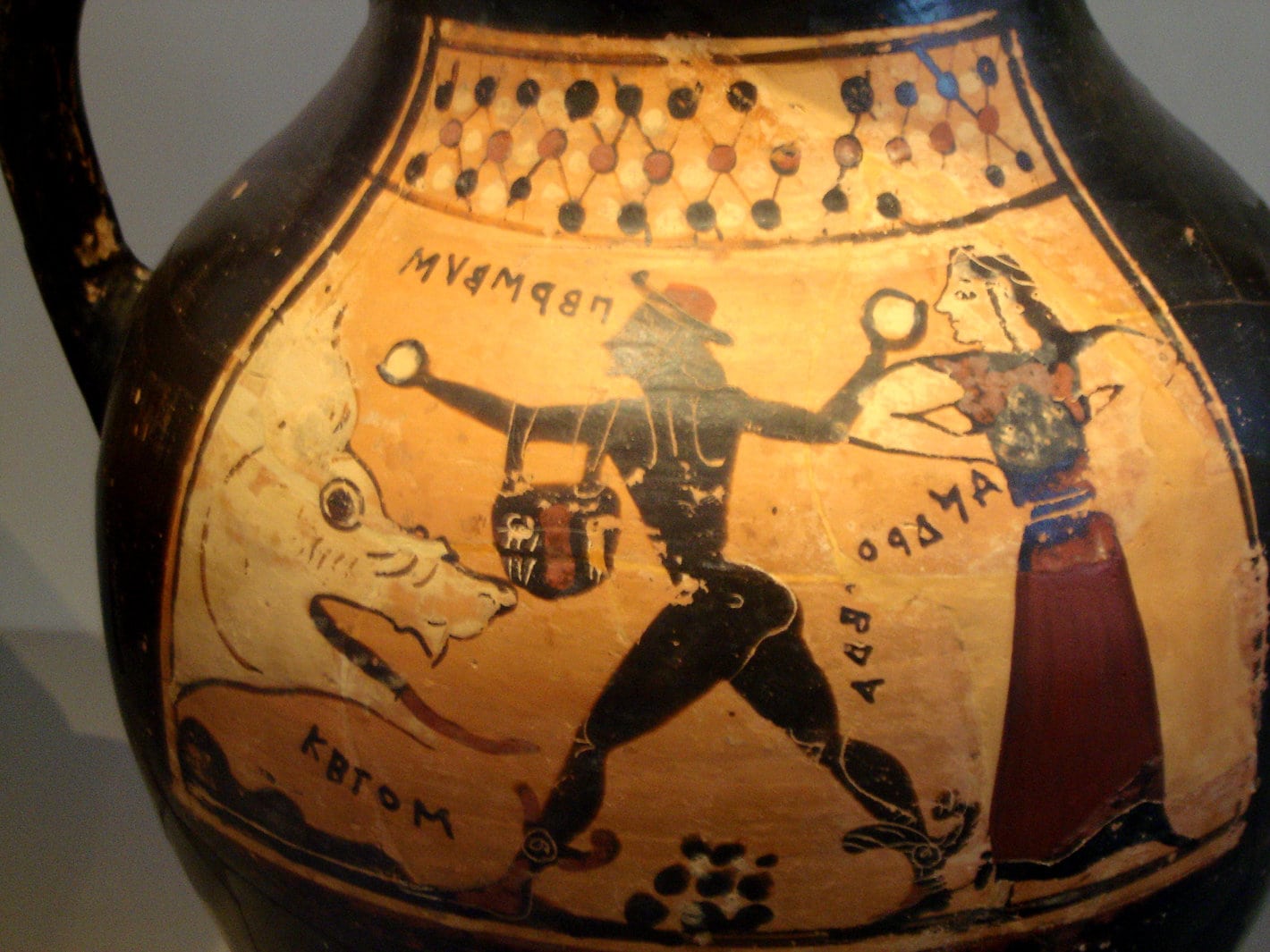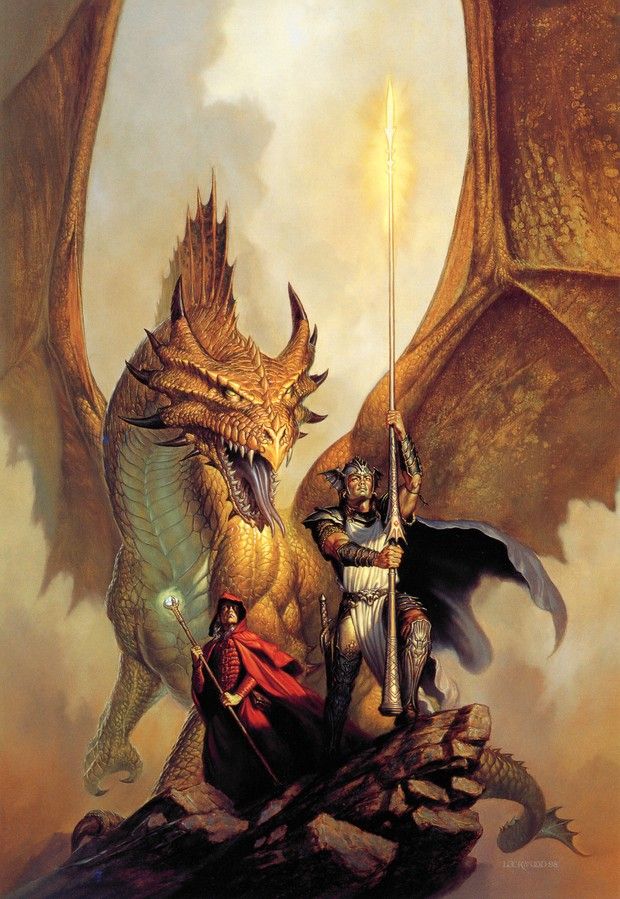
ADVERTISEMENT - CONTINUE READING BELOW
The Origins of Dragon Mythology
Classical folklorist and historian Adrienne Mayor advanced a theory that the mythology of dragons can be traced back to ancient discoveries of dinosaur fossils and those of huge extinct mammals. For example, take how the ancient Greeks depicted the Monster of Troy in vases and other artwork. The monster resembles a Samotherium, an extinct giraffe whose fossils are quite common in the Mediterranean. In parts of China were fossils of large extinct creatures are common, they are described as “dragon bones”. Similarly, dragons in the mythology of northern Indian closely resemble the extinct animals that left giant fossils strewn across the foothills of the Himalayas.

ADVERTISEMENT - CONTINUE READING BELOW
Another theory goes farther yet in time, and argues that the origins of dragon mythology are baked into us, and can be traced back to before we had even evolved into humans. Anthropologist David E. Jones contends that humans have an instinctive fear of snakes that originated with our ape ancestors as they wandered ancient savannas and forests millions of years ago. Snakes posed an especially high danger, and the peril was greatest for children. Evolution instilled in us a healthy fear of snakes to the point that children today, even in places that have no snakes at all, instinctively fear them. Such primal fears of snakes, argues Jones, gave rise to dragon stories, a theory supported by the fact that the earliest known dragon tales depict them as snake-like.

